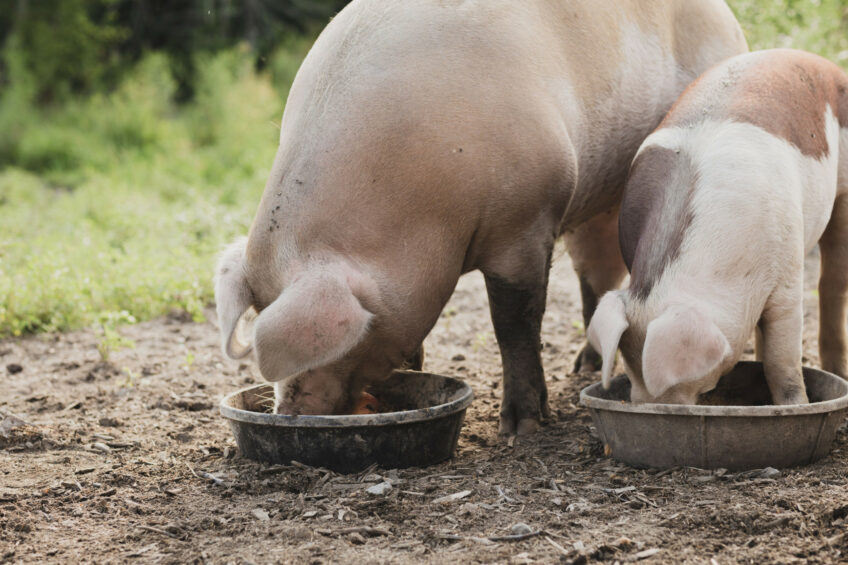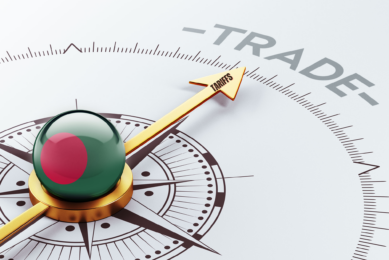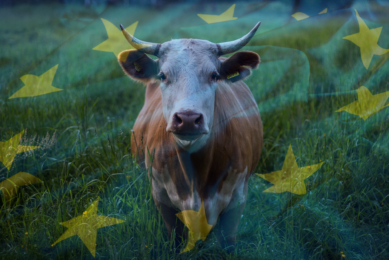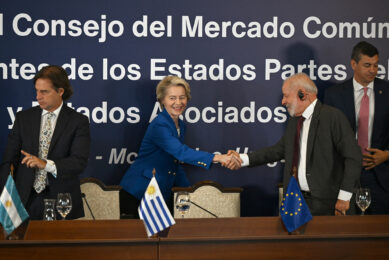Russian feed industry braces for a major consolidation

In the next 3-5 years, the share of large players in the Russian feed industry can grow from the current 23% to 50%, as estimated by the Russian Union of Feed Manufacturers.
The Russian feed industry already exhibits a relatively high level of consolidation, with vertically integrated agricultural holdings representing 70% of feed production in the country. Another 18% of feed in the country is manufactured in-house by poultry and pig farmers. Independent feed mills selling their products on the open market have a market share of only 12%, Vladimir Manaenkov, executive director of the Russian Union of Feed Manufacturers, unveiled during an industry conference.
Further consolidation and increasingly fierce competitive fights will be the 2 key trends shaping the development of the Russian feed industry in the next several years, Manaenkov said.
Number of independent feed mills expected to fall
Looking ahead, the share of independent feed mills is projected to decrease significantly, potentially dropping to 3% in the coming years. Conversely, major players are expected to see a substantial increase in their sales stake, potentially more than doubling it. This shift could mean that in the next 3 to 5 years, these big players could be responsible for producing nearly half of all feed in Russia, as estimated by Manaenkov.
Rising prices spark concerns
Manaenkov also highlighted a concerning trend in the industry-a surge in operational costs due to rising raw materials prices.
“During this year, we expect some surprises in terms of prices,” Manaenkov warned, not elaborating.
Seeking more state aid
Manaenkov said that the Russian feed industry is struggling to secure access to state support measures for which meat and dairy manufacturers are eligible.
For instance, he revealed that the organisation urges the authorities to extend the programme of reimbursing capital costs to the feed industry. The programme proved to be effective in the poultry and pig industries, where farmers enjoyed a 25% subsidy on investment in capacity expansion and modernisation. This measure is believed to have largely contributed to the growth in output in the previous several years.
Manaenkov proposed that independent feed mills should be classified as agricultural manufacturers, enabling them to access state aid through federal and regional programs.
Feed enzyme production on the horizon
In addition, the Russian feed industry is looking into import-replacement opportunities, Manaenkov noted.
By 2027, some trial production of feed enzymes is due to be launched in Russia with the use of domestic biotechnologies, Manaenkov said, not providing additional details.











